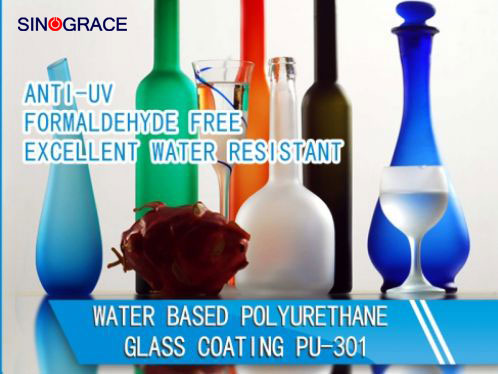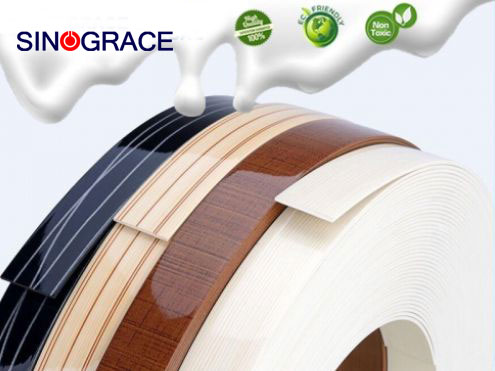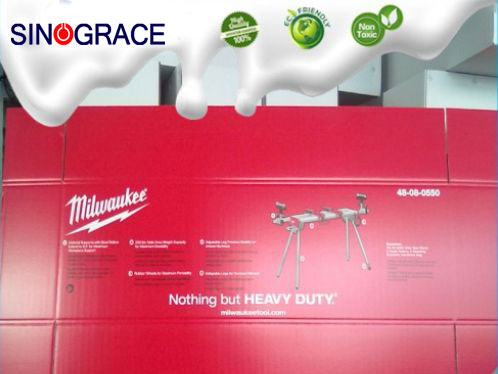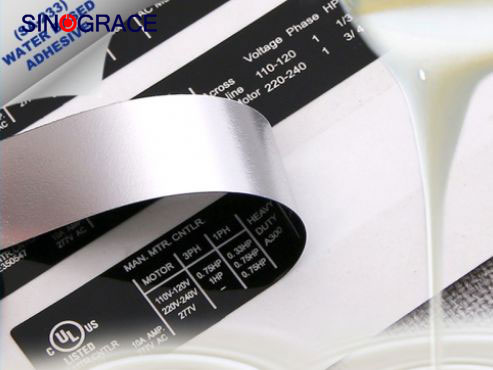Water-based plastic composite ink environmental protection and safety features
The soluble carrier of water-based plastic composite ink is water. Because water is used as the soluble carrier, water-based plastic composite ink has significant environmental protection and safety characteristics. It is safe, non-toxic, non-flammable and non-explosive, and almost no volatile organic gas is generated. No pollution to the atmosphere because of water-based plastic composite ink water as a solution carrier, so whether in its production process, or used for printing, almost no volatile organic gas to the atmosphere. Reduce print surface residual poisons to ensure food health and safety water-based plastic composite ink completely solves the toxicity problem of solvent-based ink, because it does not contain organic solvents, so that the print surface residual toxic substances are greatly reduced, this feature in tobacco, wine, food and beverage drugs Children's toys and other hygienic conditions require strict packaging and printing products reflect a good health and safety. Reduce resource consumption and reduce environmental protection costs due to the inherent characteristics of water-based plastic composite ink with higher isomorphic content, can be deposited in a thinner ink film, printing the same number and specifications of printed matter, water-based plastic composite ink consumption is reduced compared with solvent-based ink. To improve the safety of the working environment and ensure the operating personnel contact the health of the solvent in the manufacturing process and during printing ink is pretty dangerous, organic solvents and solvent ink itself is flammable liquid, organic solvent is quite volatile, can form explosive mixture gas in the air, after reaching concentration explosive limits in that Mars will explode Therefore, the risk of fire and explosion in the production environment is quite high, and the use of water-based plastic composite ink fundamentally avoids such risks. Anhui Sinograce Chemical Co., Ltd.(Sinograce Chemical) is mainly engaged in the business of chemical products,such as printing ink.Sinograce Chemical is mainly engaged in the business of screen printing ink and other product series.Good materials, advanced production technology, and fine manufacturing techniques are used in the production of chemical liquids. It is of fine workmanship and good quality and is well sold in the domestic market.
read more

 English
English français
français русский
русский español
español العربية
العربية








